Fizik Tempo Beat shoe review: for stylish adventures in urban cafes or open country
Fizik ups the tempo with its new Beat, a snazzy SPD lace-up made for riding both on and off the beaten track
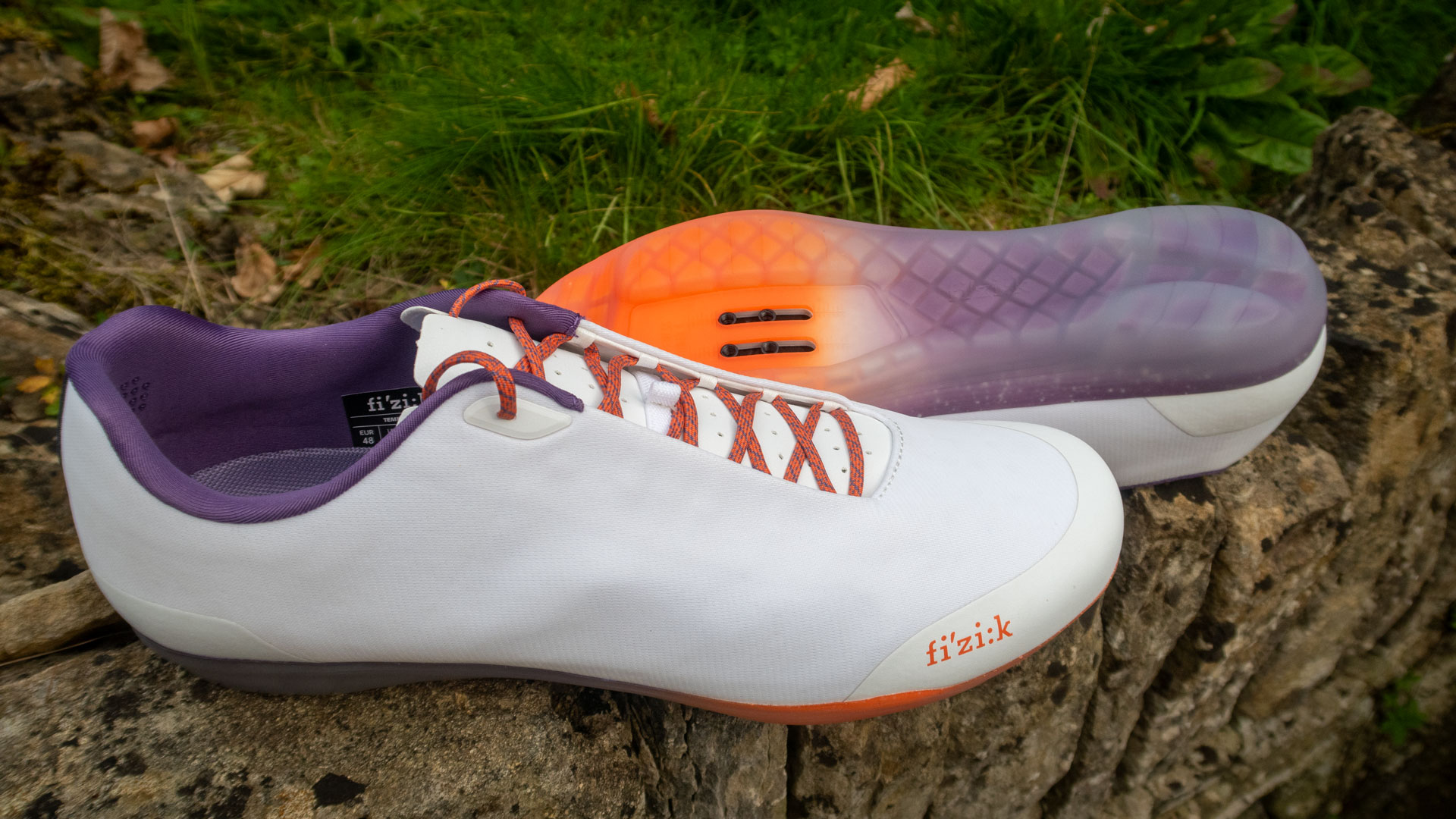
Fashionable, versatile and comfortable, the Tempo Beat is a cycling shoe that refuses to be pigeonholed. Whether, you’re a roadie on a casual cafe ride, a gravel biker tackling a dusty trail or a city commuter heading home from work, this could be the shoe for you. Essentially, it’s a sleek, relatively lightweight road/gravel shoe for those who need to combine cycling with walking and want to look good in the process.
-
+
Looks fabulous
-
+
Comfortable for walking
-
+
Stiff enough for road rides
-
+
Beautifully made
-
+
High-quality materials
-
-
It’s not a performance shoe, but it’s not trying to be one.
-
-
White colourway collects dirt easily, which is not unusual
You can trust Cycling Weekly.

The Tempo Beat is like no other cycling shoe I’ve ever seen. For a start it looks, dare I say it, fashionable, and by that I mean it has a vibe that even people who know nothing about cycling will find attractive. With its sleek, low-profile lines, brightly coloured laces and funky, vibrant gel soles it looks every inch the must-have, minimalist sneaker.
White is the most outrageous colourway available, not least because the fabric upper will start collecting grubby marks from the moment you slip it on. To my eye, at least, it’s also the most desirable. The way the gel sole transitions from bright orange at the toe to deep purple at the heel is eye-catching enough, but I love the way that Fizik’s designers have mirrored the gradient on the upper with orange laces and a purple collar. The effect is hardly subtle but thankfully Fizik has exercised some restraint - any more colour and the Beat would have ended up looking like a complete dog’s dinner.
You can buy a pair in two other colourways, solid Black and Sage Green, neither of which will dirty up as readily as the White version, making them the more practical, if less dazzling, choice for most rides, especially mid-season gravel.
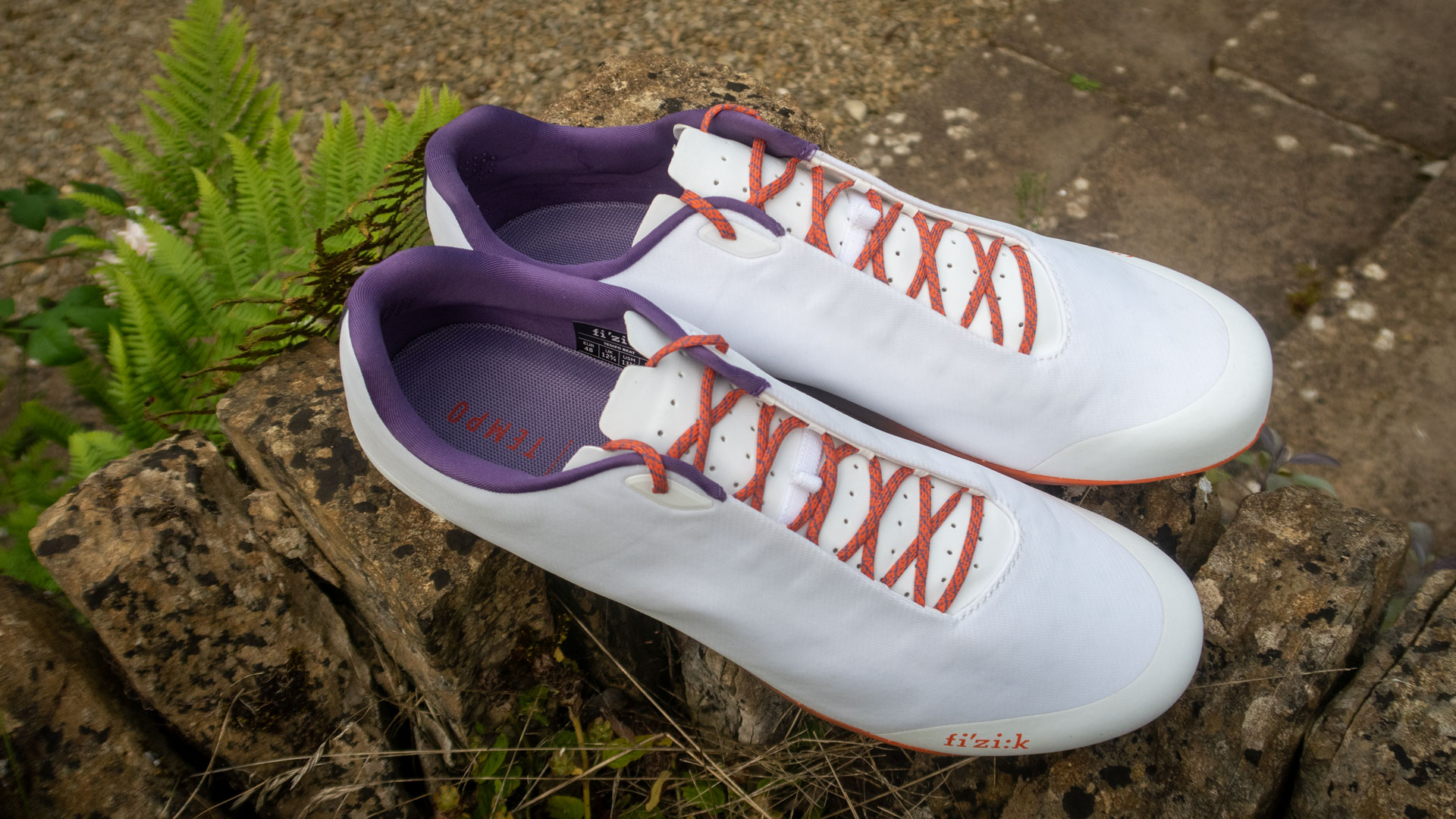
The Fizik Tempo Beat has been developed to be as versatile as possible, hence the lace-up closure and SPD-compatible soles.
Fizik describes the Beat as a road shoe, yet it’s only compatible with gravel and mtb-style two-bolt SPD cleats rather than the three-bolt cleats that roadies favour. However, it doesn’t share the chunkier build that characterises most off-road shoes and its relatively smooth soles lack a defined tread. So, what’s going on?
“When we developed the Beat, we wanted to provide a shoe as versatile as possible, both design-wise and functional-wise,” says Alex Locatelli, Senior Product Manager at Fizik.
“For this reason, we choose a simple lace-up closure system that helps to achieve a more casual look, while we opted for a sleek outsole compatible with SPD cleats to improve versatility on the bike and walkability during off-bike moments.
“Beat combines a clean, more fashionable silhouette with the convenience of a two-bolt cleat track for riders who enjoy exploring both on and off the tarmac.”
The latest race content, interviews, features, reviews and expert buying guides, direct to your inbox!
I ask Alex whether this shoe has been developed to appeal to Fizik’s existing customers, or whether the brand is searching out a whole new market.
“Many new cyclists are approaching the sport, and social rides, often with a cafe stop, are becoming more popular,” he says. So, we’ve introduced a road shoe with a more versatile outsole to suit the needs of cyclists new to clip-in riding. It’s for people looking for a more comfortable shoe during the ride but one that’s also easier to walk in during off-bike moments. Beat is simple, comfortable, a more flexible shoe that’s easier to wear than traditional road cleat shoes.”
Construction
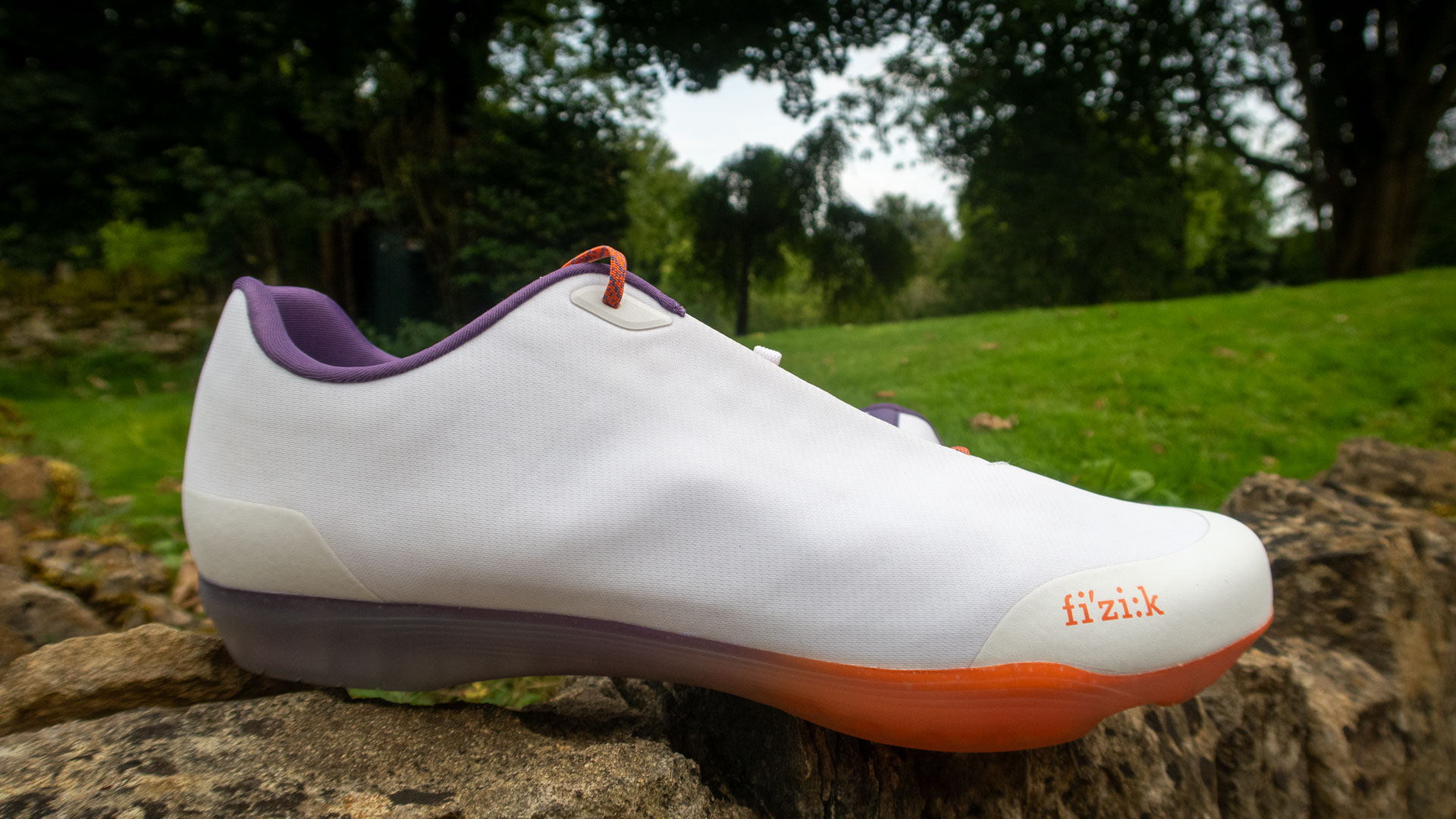
This is a svelte minimalistic shoe, that looks very much like a low-profile, minimalistic fashion sneaker.
Outlandish colourways and gel soles aside, the Temp Beat has a very clean look; the construction is pretty conventional. The upper, which is crafted from finely woven mesh fabric is entirely seamless, other than the external, branded heelstrip. For protection, there’s a thin, barely visible, self-coloured bumper around the toebox, and another around the heel.
The traditionally executed, padded tongue is made from perforated polyurethane laminate, the only nod to ventilation in the entire shoe. The mesh upper is too fine to allow much airflow, and there are no inlet or exhaust vents in the sole. So, it’s not a shoe you’d choose to race in 30°C+ temperatures, but as Fizik will rightly point out, that was never its intended purpose.
Fresh, fun and fabulous – the Beat is the antidote to my macho posturing
A dozen hidden webbing eyelets hold the relatively thin laces securely in place, yet allow them to run freely enough for easy adjustment. An elasticated lace garage is located halfway down the tongue, a nice touch that will stop an errant loop to two getting tangled between chain and chainring.
Fizik has widened the toebox slightly and increased the overall volume for a touch more comfort. Not that you’d know it by looking at the Beat, externally it appears very svelte.
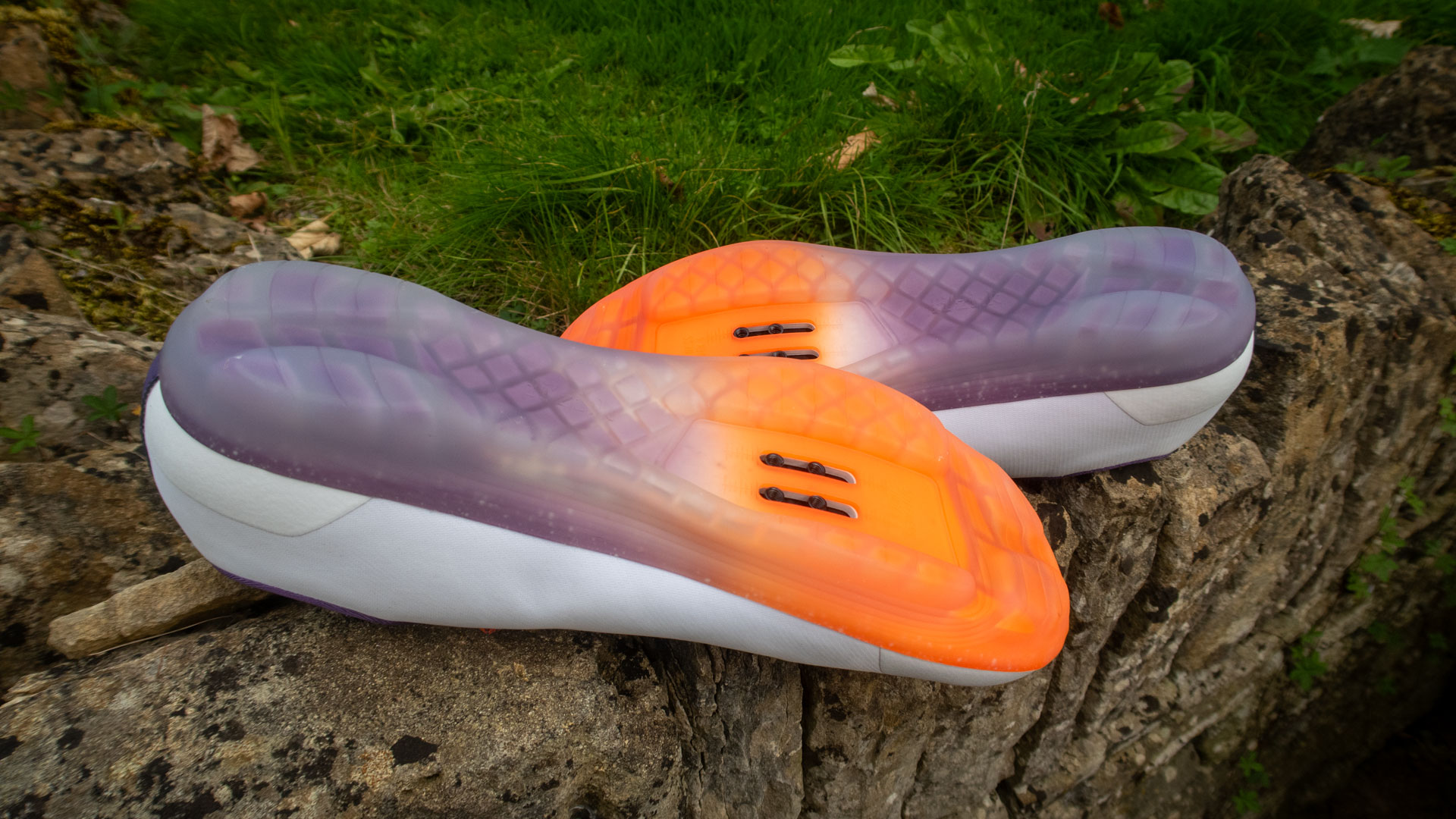
The soles may look like soft gel but they're actually made from TPU, which is harder than it looks.
On to that gel sole. Of course, it’s not really gel but TPU, a material that combines the properties of hard plastic and pliant rubber. Fizik’s R&D team invested months in formulating the best compound, one that’s actually harder to the touch than it appears. Nevertheless, it’s pretty easy to flex and twist the sole in your hands, which explains why it’s rated just four out of 10 on Fizik’s stiffness scale. In order to maintain pedalling efficiency, Fizik has placed a stiff nylon insert in the cleat area.
The sole is almost slick, with no pronounced tread or lugs, though the SPD cleat channel does offer some grip in muddy conditions.
The claimed weight is 355g, though Fizik doesn’t reveal the size. As a comparison, the Tempo Deco carbon-soled road shoes I usually wear have a claimed weight of 230g. Again no size is given.
The ride
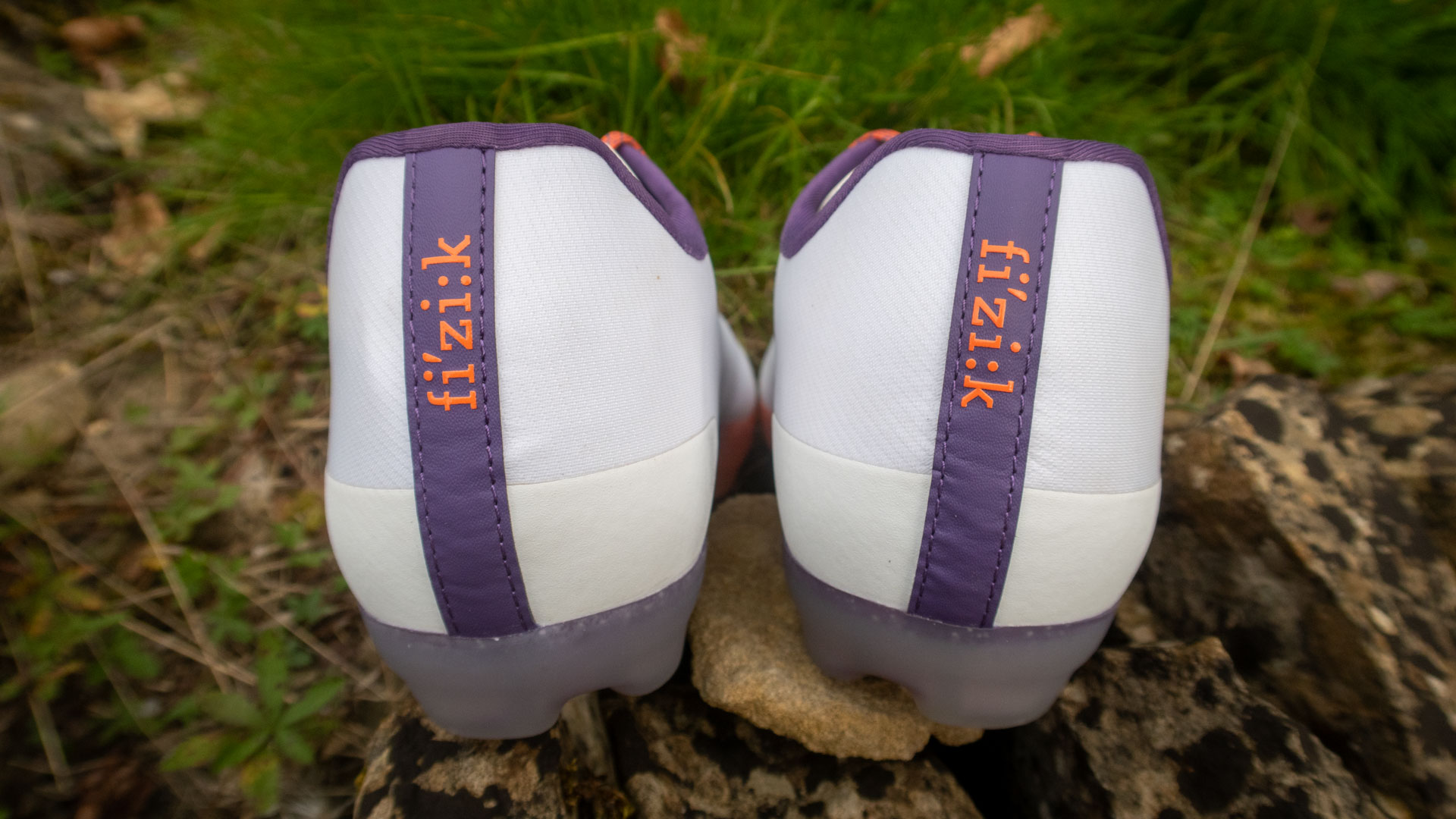
Branded heel strips are a colourful touch. Note the off-white protective bumpers.
Ordinarily, I like my cycling shoes – road or gravel - to be as unrelentingly rigid as possible, preferably dialled up to 11 on the stiffness scale. After all, I generate so few watts that I hate to think of them being sapped away by softly cushioned soles.
Of course, this strategy often backfires on me, particularly when cycling off-road on technical trails that demand more ability than I’m able to muster. I was recently invited to cycle some mountainous Swiss single track that was, as the local guides proved, perfectly rideable for those with the chops. For me, though, that day was filled with more sections of hike-a-bike than I care to remember. Wearing my super stiff Shimano RX8 shoes, which are comfortable enough on the bike, it didn’t take too much walking before their lack of flex induced my heels to lift, causing painful blisters to form.
If I’d worn the Beats, I could have comfortably walked the entire trail, and they would have been grippier on the smooth rock sections, terrain where the carbon-soled RX8s have a tendency to skate.
The focus is on coffee, cake and camaraderie rather than out-and-out performance
It’s a similar story for casual cafe rides, where my riding buddies are unified in their focus on coffee, cake and camaraderie rather than out-and-out performance. It’s rarely enjoyable testing a three-bolt road shoe’s limit of grip of on a polished cafe floor while carrying a tray laden with carrot cake, frothy lattes and a couple of flat whites.
The Beat is a shoe for those rides when you're more concerned about a bit of walking than losing a handful of watts. The laces are easy to adjust, the expanded toebox enables your toes to spread, the soles are very grippy on hard surfaces, the softly padded collars keep both heels in check, and that bit of flex makes walking feel human again.
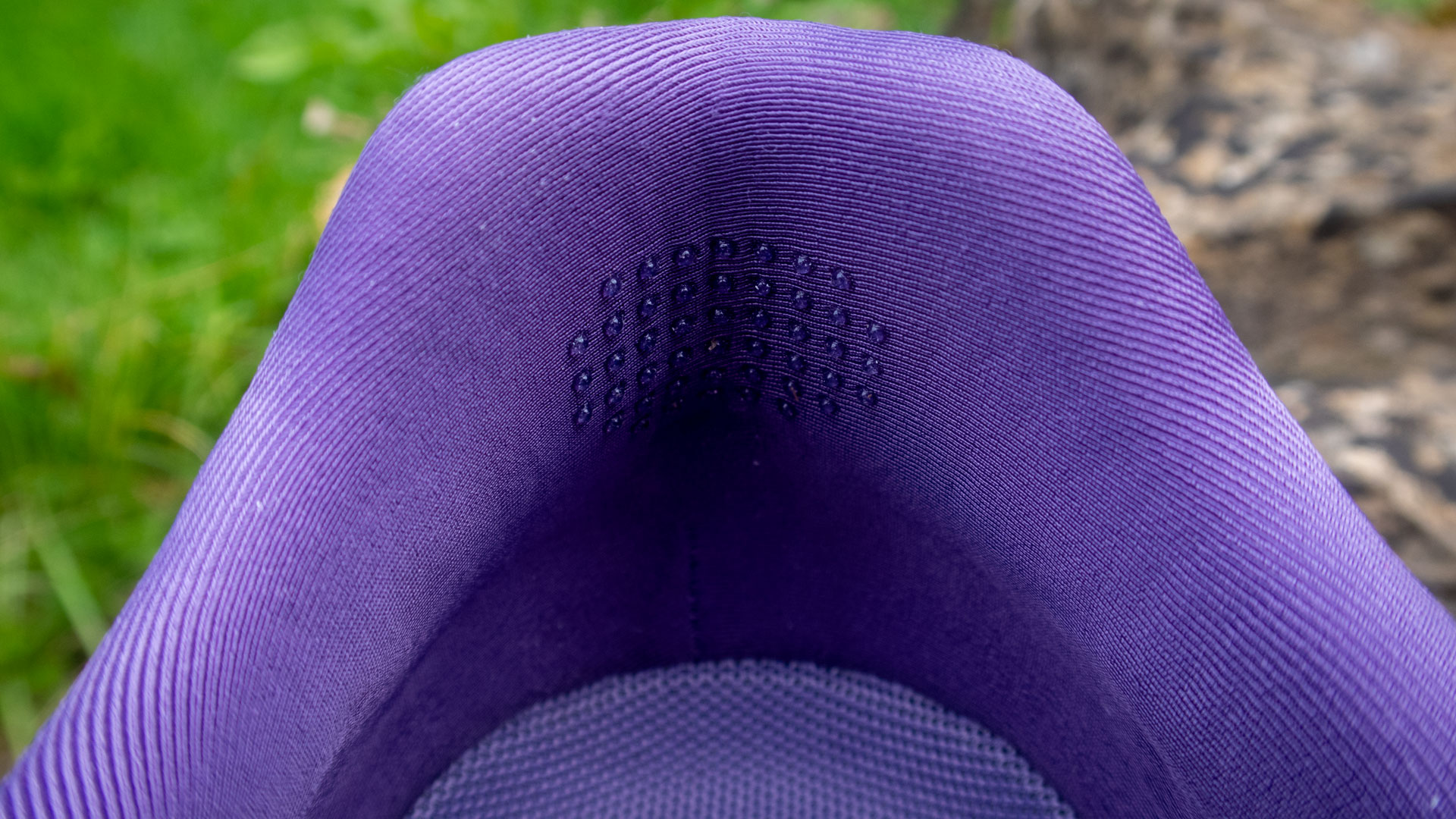
Cushioned heel cup, with silicone microdots – a Fizik signature – keeps heels in check when walking.
The area directly around the cleat is well-supported for pedalling by the stiff nylon insert, so I mustn’t give the impression that the Beats are squidgy soft, they’re really not. Instead, there’s just enough give to make these a versatile shoe that’s suitable for everything from urban commuter rides to relaxed cafe forays beyond the ’burbs. Throw in a bit of gravel? Why not?
Placing a size 48 Beat on the scale - yes, I have large feet - gave a reading of 494g. A single Tempo Decos read 374g, and my Shimano RX8 shoe revealed 352g. To keep it real, all had standard cleats installed - either Shimano or Look. So, both carbon-soled shoes are considerably lighter, but they don’t offer the same level of comfort or versatility.
After riding with the Beats for a few months, I still stand by my choice of colour but only just. The fine white mesh fabric really does dirty up quickly, but thankfully it also wipes fairly clean.
Value and conclusions
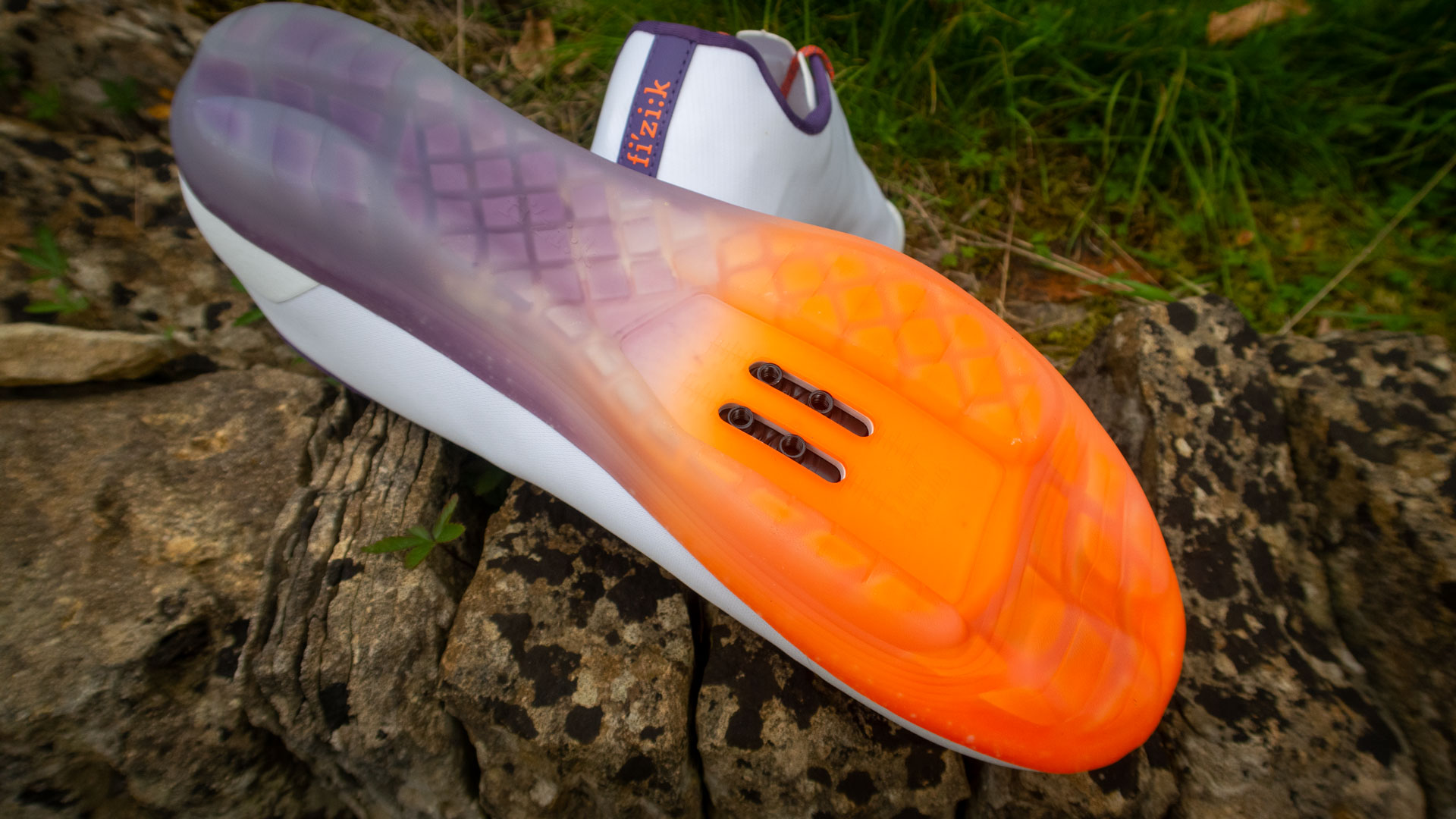
Fresh, fun and fabulous - the Tempo Beat is a dandy of a shoe
When it comes to kit, cyclists are often guilty of taking themselves a little too seriously, myself included. Well, the Temp Beat is the antidote to all my macho posturing - fresh, fun and fabulous the Beat is enough of a dandy to receive admiring looks without ever being the butt of jokey banter from my ride buddies.
The Beat is flexible enough for commuting, yet stiff enough to tear up a bit of tarmac or gravel when the desire takes me. I’d go as far as to say it’s probably the shoe I should be wearing for a good 40 to 50 percent of my rides.
As for value, Fizik is a premium brand, which is reflected in the build quality and materials used. So, while £/$/€179 doesn’t strike me as a bargain, it doesn’t seem at all unreasonable either.

Simon spent his childhood living just a stone’s throw from the foot of Box Hill, so it’s no surprise he acquired a passion for cycling from an early age. He’s still drawn to hilly places, having cycled, climbed or skied his way across the Alps, Pyrenees, Andes, Atlas Mountains and the Watkins range in the Arctic.
Simon now writes for Cycling Weekly as a freelancer, having previously served as Tech Editor. He’s also an advanced (RYT 500) yoga teacher, which further fuels his fascination for the relationship between performance and recovery.
He lives with Jo, his yoga teacher wife, in the heart of the Cotswolds, with two rescue cats, five bikes and way too many yoga mats. He still believes he could have been a contender if only chocolate weren’t so moreish.